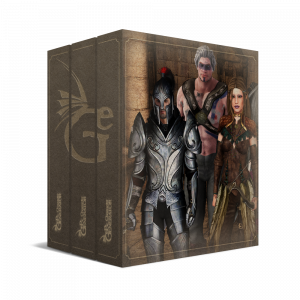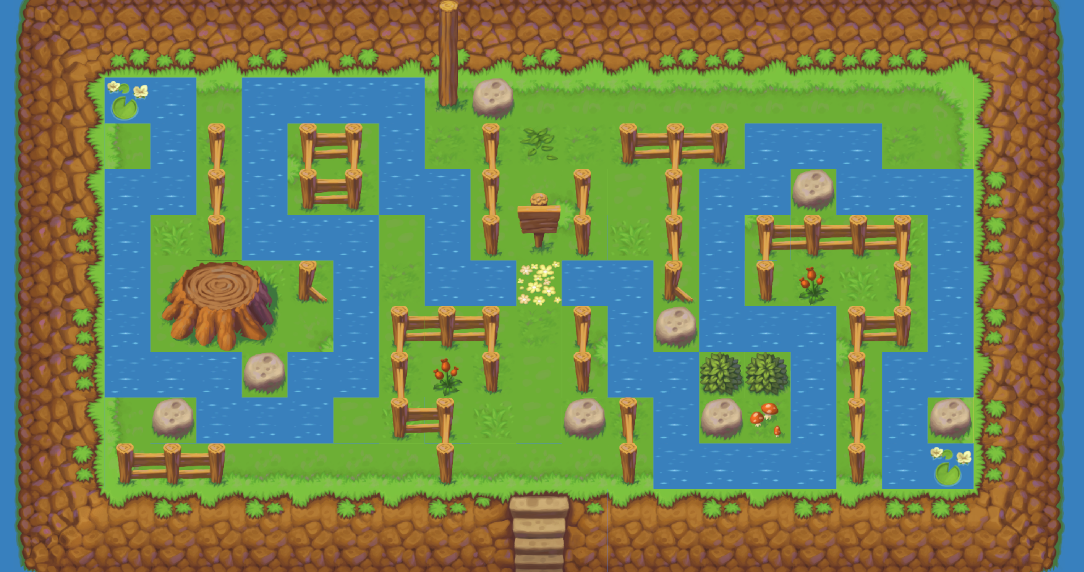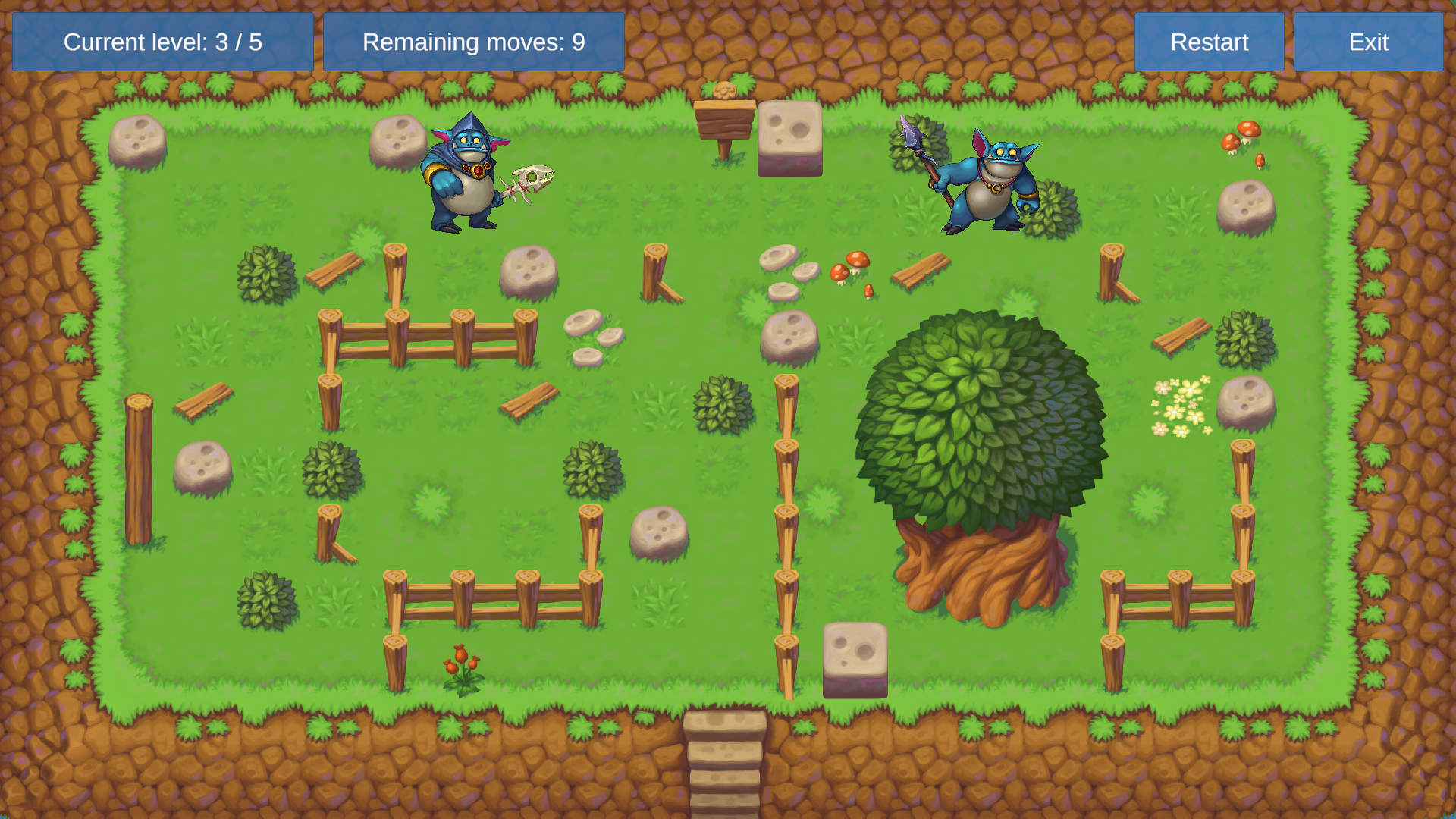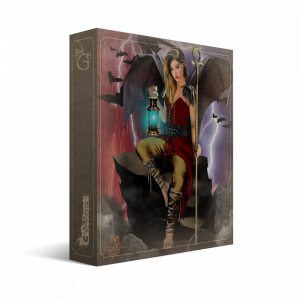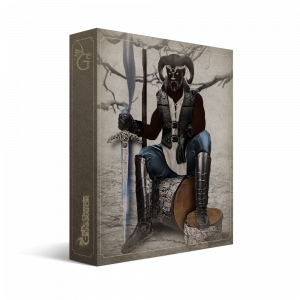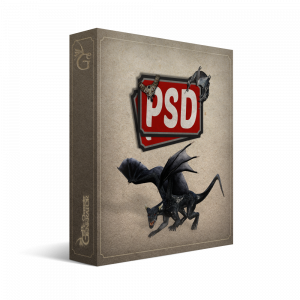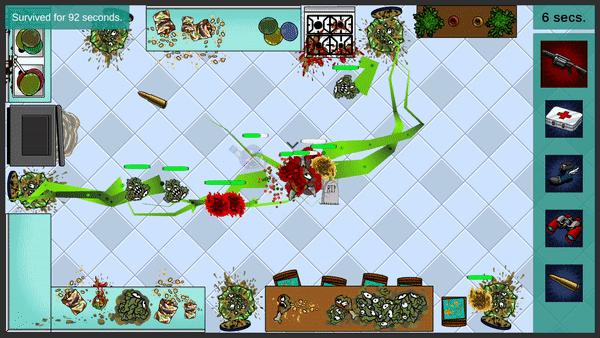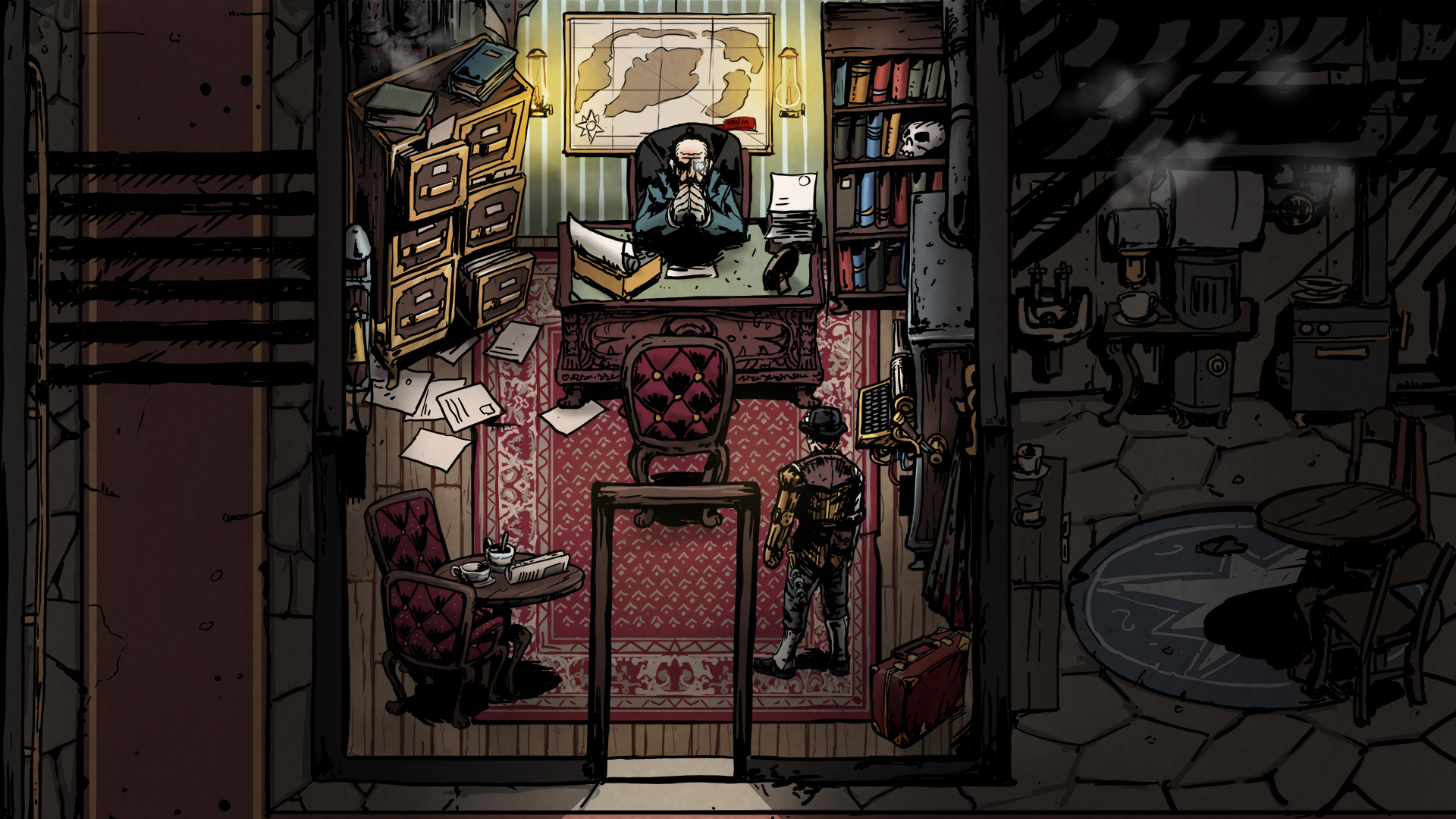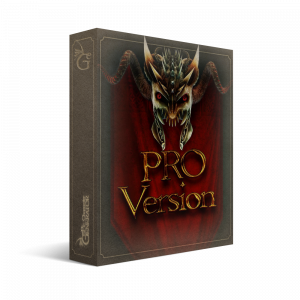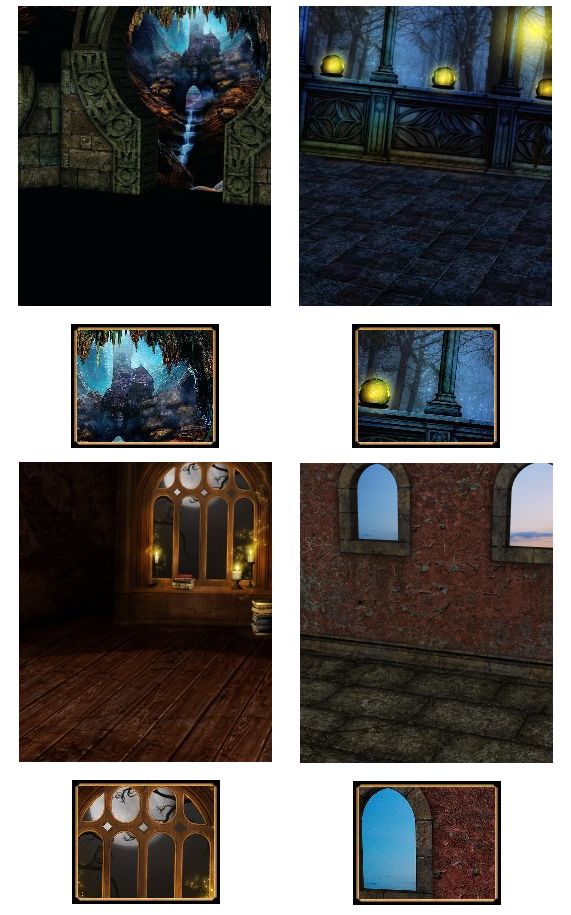As the end of 2024 is approaching, it’s been a tradition to write a short wrap-up of what has happened in Overhead Games.
But first thing first, I want to say thank you to all of you who have been part of ePic Character Generator’s journey in 2024, marking 10 years of generating awesome character images together. We wouldn’t be anywhere without you. To celebrate this year’s holiday season, we are offering all packs and bundles at 50% off between 19 December and 2 January, so make sure to take advantage of this deal while it lasts!
Temporal Shore progress
This year started strongly with lots of work put into Temporal Shore. While we had most design decisions figured out by the end of last year, we still had a good amount of discussion going on. By spring, we managed to implement a new layout and reshoot the trailer & screenshots so we could update the store page of the game, to better reflect the directions we were heading. To do this, we chose to create a story trailer with a voiceover, that helps to better understand the context of what’s visible on the screen.
You can check the current store page and wishlist the game here:
Some prominent improvements in design were:
– While characters have already been personalities with names and specific abilities, we took this one step further, and introduced a “performing system”. This means that each character has a set number of action points each turn, and whenever an action card is played, some or all of the characters who have available action points will perform this action. This brings the mechanics of playing cards even closer to survival games, where you have to perform various actions with your characters. The character you choose to act has a major effect on how some actions play out. In some cases, there can be a bonus on production, in other times, you can discover cards only available when playing certain cards with certain characters, etc. If the cards have some negative consequences, like characters losing morale, it’s also important to use the ones you are happy taking a hit.
– Characters also have different gear slots where they can equip various items, and receive permanent changes to their stats and abilities.
– We wanted to make buildings more than just plain resource productions, so we introduced chain reactions. This mechanic allows us to build long sequences that can be triggered by playing a single action, and have different buildings, characters, or monsters react to it, transforming the gained resources into new ones, or triggering new effects on the playfield.
– While the game is, at its core, focused on managing resources, we wanted to make this resource gathering and production as exciting as possible, while also keeping the simplicity of card games. To achieve this, we came up with the idea of using resource subtypes, meaning you can produce either lumber or stone, for example, but they will be stored and can be used under the collective name of materials. This simplifies the amount of resource types you need to keep track of, while at the same type, also allowing us to create unique characteristics to each different resource type, making them different to play, and profit from different play styles and synergies. At this time, I won’t go into too much depth, but as we progress, I’ll be explaining more of this system in a later post, because I believe this will be very exciting to interact with.
Building an engine
While making Temporal Shore, I’m not just making a game. I’m trying to separate game-specific & universal code as much as possible, essentially creating a card engine, that can be used later for any other games that resemble cards & decks. While not strictly limited to card games (meaning it can be used for anything that relies on entities and containers), different types of deck builders are in the focus right now. Because I need to engineer this framework carefully and can’t just throw everything into a giant bowl of code spaghetti (the way most games are made), it takes some extra time and planning to organize and implement everything in its place so most of the stuff will be reusable later, however, this extra effort start paying off because it’s now super quick to put together complex ideas in a short time.
GMTK Game Jam
The first big test of the engine was in August when the yearly GMTK Game Jam happened. While we missed it last year, we wanted to participate this year and planned on making a card game in the short, 2-day period. However, when the theme “Built to scale” was revealed, we knew we didn’t have an easy task, as it heavily favored games that played with funky physics or resizing objects – something we couldn’t really do in a card game. While we kept bouncing ideas, essentially we settled on taking the theme literally and decided to make a deckbuilder about balancing a Scale.
Balanced
So we made the first version of Balanced in 2 days. The idea was to create a cozy math game where you place number cards on either side of the scale and keep it balanced for as long as you can. In the jam version, points were awarded at the end of each turn, depending on the imbalance between the two sides, as well as how many cards players had in their hands.
You can check out the jam version here:
As the initial reception during the jam wasn’t bad at all, we decided to take it a step further and spend 3 more weeks polishing the idea, fixing up design issues, implementing missing menu screens, and then releasing a demo on Steam. At this point, it was meant to be a short, experimental project, and we learned a lot from the process, while also finding some players who enjoyed the game as it is. While it’s far from its final form, it’s still great to have something playable out there after a few years of not releasing new games.
You can play the demo and wishlist Balanced here:
Temporal Shore’s new art style
After taking a short break with Balanced, we returned to working on Temporal Shore and finally pot together all the pieces to update the visual style of the game. As you know, the initial concept was visualized with AI, but we are firm believers that games are better when they are hand-crafted, so we took a lot of time to find a suitable art style that both works well with the idea and overall direction of the game, as well as being efficient to make in the scale we need to make it. Now that we got the style figured out, and all the cards and elements were drawn that we wanted to showcase at first, we were able to create a new logo, recapture the retailer, and take the new screenshots currently visible on the store page. We hope you like it!
Currently, we are in the process of implementing and testing all the card ideas we’ve previously collected (400+ cards so far), and then it comes to testing various interactions, mechanics, and systems, so they aren’t just a bunch of cards next to each other, but together, create a fun and exciting experience.
If you made it this far you are a true champion! I appreciate taking the time to read this year’s wrap-up.
We wish you a very happy holiday season, with many joyful gaming hours next year!

